5 Mind-Boggling Things About JFK’s Assassination
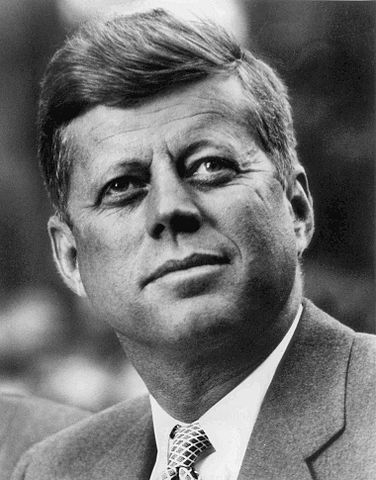

John F. Kennedy was the 35th President of the United States, until he was assassinated on November 22, 1963 while in downtown Dallas. Just about everyone knows this and there have been conspiracy theories for years surrounding the events. You probably know that Lee Harvey Oswald killed the President, only to be killed two days later. You probably know that Jackie Kennedy was wearing a pink dress that hasn’t been washed since it was splattered with her husband’s blood. However, there may be a few things that you didn’t know surrounding the events of that winter day.
Here are five interesting facts about the Kennedy assassination that you may not have known previously.
1. The Limousine wasn't retired after the shooting.
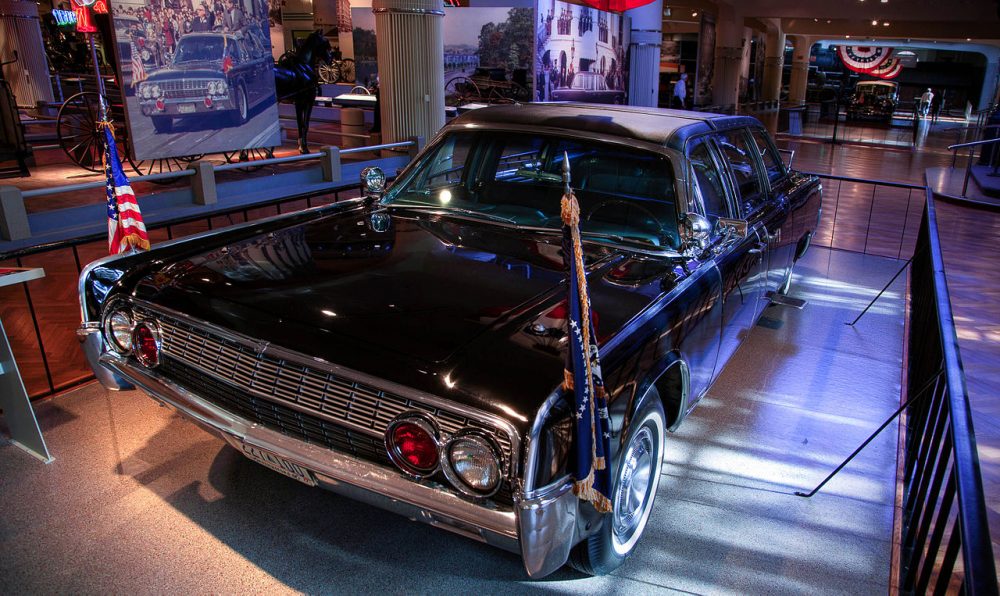
The car that Kennedy was shot and killed in was a 1961 Lincoln Continental four-door convertible. After the shooting, the car was examined for evidence, overhauled, cleaned and returned to the White House in 1964. It remained in service, carrying presidents, until early 1977, when it was retired. Now the car can be viewed in the Henry Ford Museum in Dearborn, Michigan. The car itself was never damaged (aside from blood residue) by the shots taken, and therefore was considered in a good enough condition to continue working.
2. Oswald wasn't arrested for Kennedy's murder.
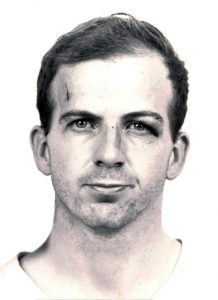
Lee Harvey Oswald was not, in fact, arrested for the murder of President Kennedy, but for the murder of Officer J.D. Tippitt. Oswald was picked up in a theater 90 minutes after the assassination of the President watching an action movie. It was later determined that he was the one who wounded Texas governor John Connally on the same day. He denied killing either the President or Tippitt.
3. Oswald was an employee at the shooting location.
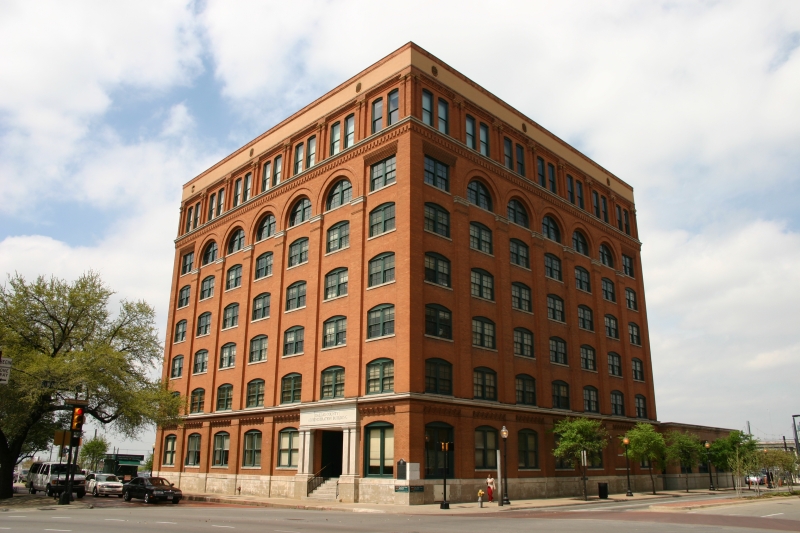
At the time of the assassination, Oswald was working for The Texas Book Depository Company, a private company that distributed text books to public schools. It’s said that he fired three shots at Kennedy from a window on the sixth floor of the building, using a mail-order rifle. He had been seen in the building, on the sixth floor, just before the shots were fired, and was the only employee missing from the building after, with no reason to have been absent. Conspiracies have a second shooter present on a nearby grassy knoll, and other theories surrounding the case offer up many different ideas. Some state that Oswald’s shots missed and that second shooter was responsible for the death. Others state that the governor was the target, not the president. With the death of Oswald, before he could be brought to trial, the true facts of that day (including a motive) hasn’t been fully discovered.
4. Assassinating the president wasn't a federal crime.
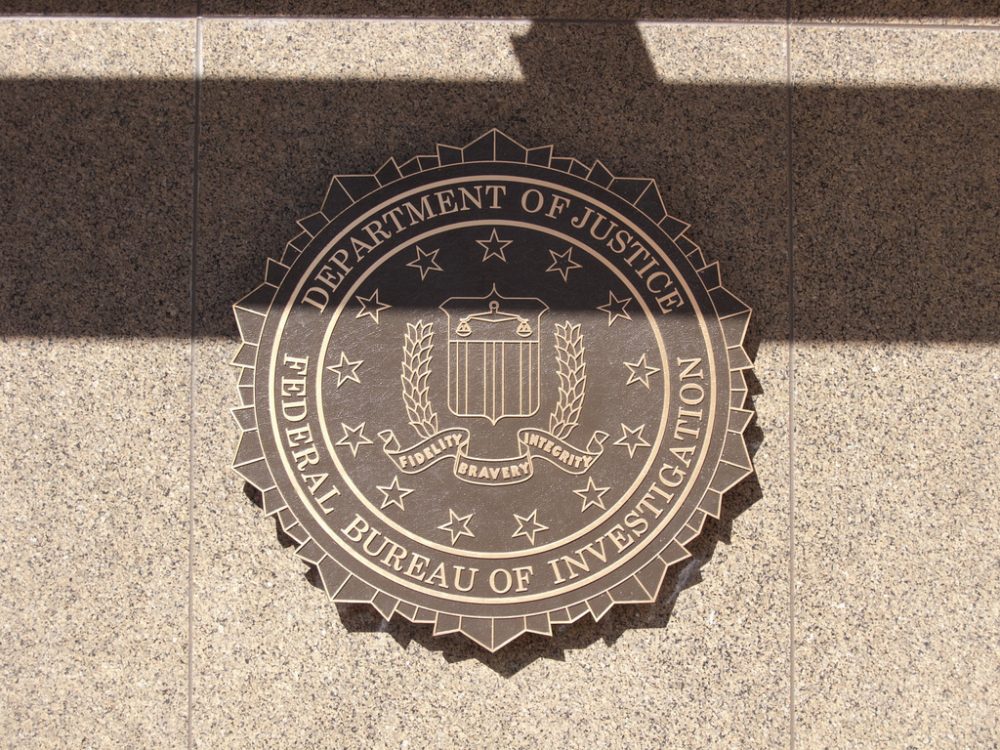
Despite Kennedy’s death making the fourth president to be assassinated, it wasn’t made a federal crime until 1965, two years after Kennedy’s death. While it would have been considered first degree murder, there were no federal repercussions, making it no different from a murder of any other citizen.
5. Witness testimony does not match film.
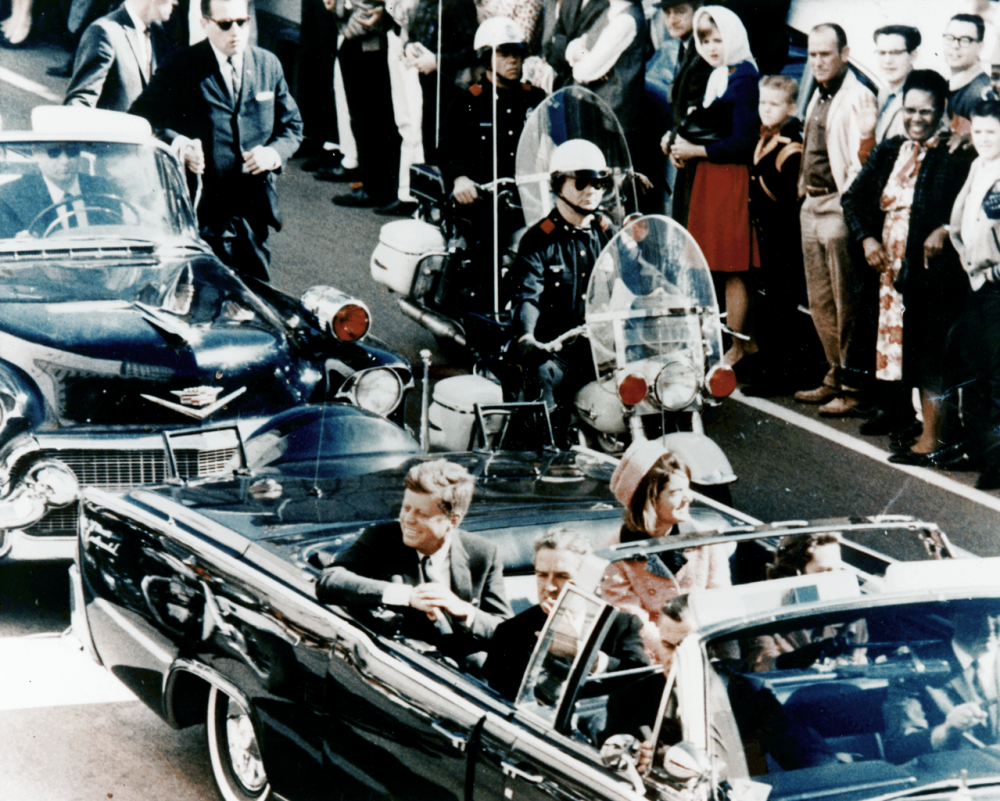
With the rampant conspiracies surrounding the assassination, many have turned to the testimonies of the witnesses, and to the surviving film of the incident. In many cases the two don’t match, making it all the more confusing to figure out what really happened. Little details may have been forgotten over time, but more likely it is that people have changed and embellished the story to garner more attention to themselves. With the loss, addition and blatant twisting of the facts of the case, many theories have sprung up and nothing definite can be obtained. Oswald has officially been given the blame for the assassination and will continue to have that on record while these theories are explored.
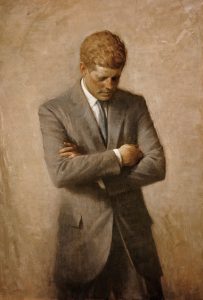
While the events surrounding that day may not be clearest, the fact of the matter is that a president was killed and we’re still interested in what happened over fifty years later. It’s human nature to be drawn to the mystery surrounding crime, and this crime is no different. That it was such a public murder and yet a murder that was never suitably put to rest, just makes it all the more interesting.
Hungering for more true crime? Take a look at the famous murders that changed America.



